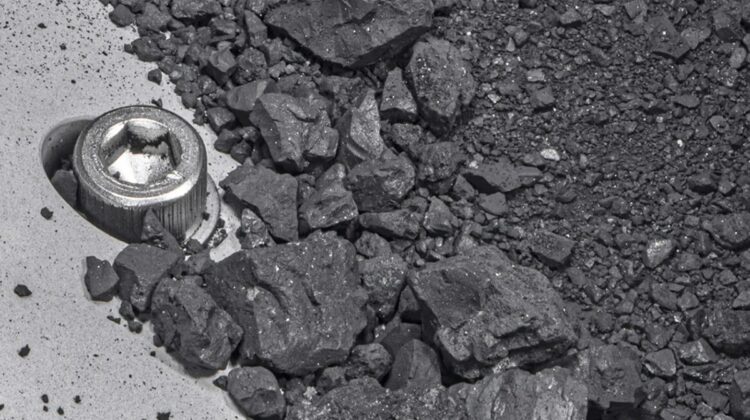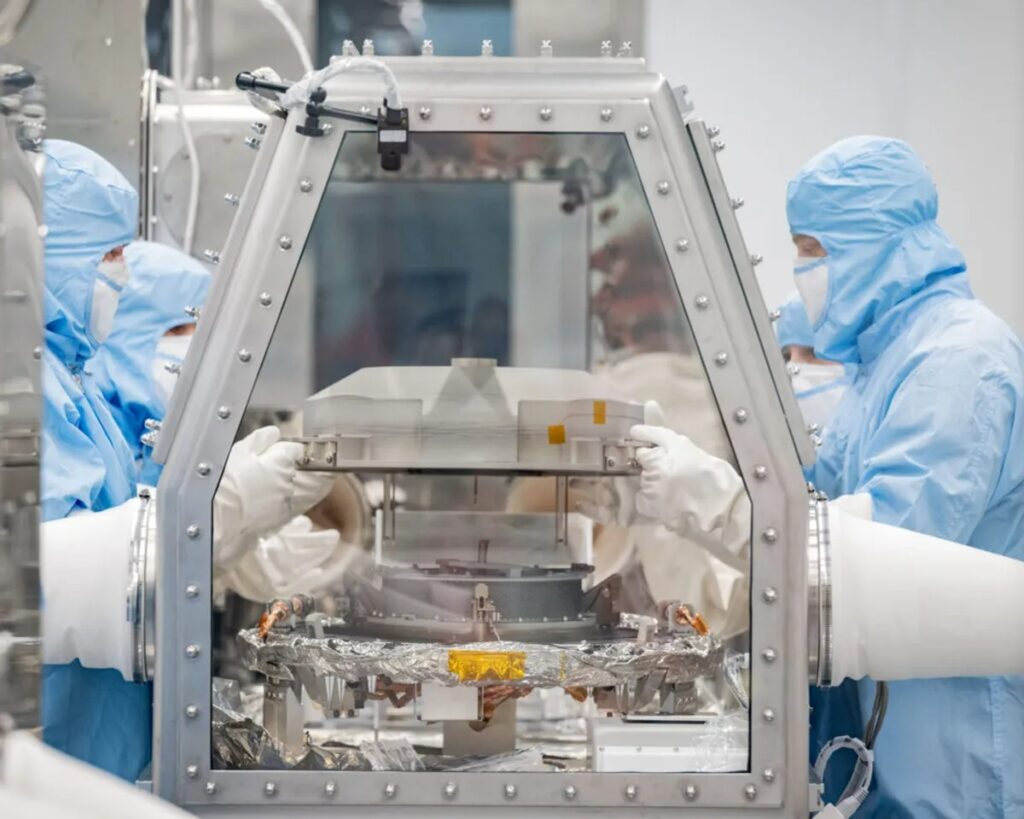
Exploring the depths of space is a venture filled with challenges and uncertainties, and NASA’s recent mission to collect a sample from asteroid Bennu is no exception. After successfully returning a sample to Earth in late September, NASA has encountered an unexpected obstacle in their mission: a sealed sample container they can’t open.
When sending a spacecraft hurtling towards an asteroid, executing a brief touchdown to collect a sample, and then safely transporting that sample back to Earth, one must anticipate a multitude of potential issues. In this case, NASA’s Touch-and-Go Sample Acquisition Mechanism (TAGSAM) is proving to be a tougher nut to crack than expected due to two stubbornly stuck fasteners.
The process of opening the TAGSAM container, which houses a significant portion of the rocks and dust gathered from asteroid Bennu, is not only slow but requires meticulous precision. NASA’s dedicated team has spent months rehearsing this delicate procedure. However, recent complications have left them grappling with the TAGSAM lid that refuses to budge.

“In the last week, the team at NASA’s Johnson Space Center in Houston changed its approach to opening the TAGSAM head, which contained the bulk of the rocks and dust collected by the spacecraft in 2020,” NASA announced in a recent update. “After multiple attempts at removal, the team discovered two of the 35 fasteners on the TAGSAM head could not be removed with the current tools approved for use in the OSIRIS-REx glovebox.”
While it might seem like a minor hiccup, the predicament lies in the restricted working space inside the “glovebox.” This chamber is crucial for maintaining the integrity of the collected samples by flooding it with nitrogen, thus preventing contamination from Earth’s atmosphere. Any tools utilized in the process must be compact enough to fit within this confined space.
NASA’s team now faces the challenging task of devising a way to access the inaccessible samples using either existing tools or designing new ones that meet the glovebox’s constraints without jeopardizing the samples’ integrity.
Up until this point, the team has managed to retrieve 70.3 grams (2.48 ounces) of rocks and dust from both inside and outside the sample head. This surpasses their initial target of 60 grams (2.12 ounces). Nonetheless, there remains a portion of the samples locked behind the impenetrable fasteners.

In response, NASA has announced that the team will embark on a mission to develop and practice a novel technique for removing these obstinate fasteners in the upcoming weeks. Concurrently, they will begin studying the samples they’ve already successfully extracted, advancing our understanding of asteroids and the mysteries they hold.
In the grand scheme of space exploration, NASA’s predicament with the TAGSAM container serves as a reminder that even the most meticulous planning and execution can’t eliminate all the unexpected challenges that arise in the unforgiving vacuum of space. Nevertheless, NASA’s tenacity and commitment to scientific discovery ensure that they will continue to push the boundaries of human knowledge, whether by overcoming the obstacle of stuck fasteners or by uncovering the secrets hidden within the samples from asteroid Bennu.

Re fasten all the other fasteners. Then loosen the obstinate ones first